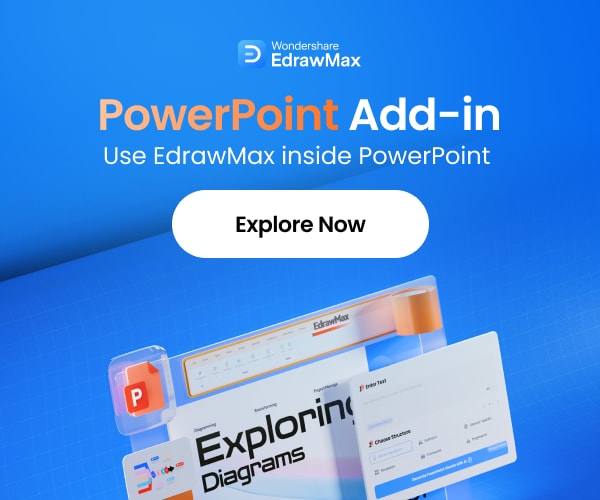Free Editable Semantic Map Graphic Organizer Examples
Semantic maps help students bridge the gap between their current information and the new concepts they are learning. It also allows them to view relationships between words and information.
1. What is a Semantic Map Graphic Organizer
Semantic maps are graphic organizers to connect a concept with its keywords. Students can use their existing knowledge to connect a set of keywords to the concept. Teachers can then teach them more related keywords to broaden their views. Semantic graphic organizers have proved very effective in the reading and writing process, especially for students who have difficulty organizing the information.
Semantic maps have three essential components called concepts, strands and supporting information. Let us explore all these components in detail.
- The Concept: It is the central focus of the map. It comes in the middle of the map and connects to all nodes in the following hierarchy level.
- Strands: Strands are different ideas about the central concept. These pieces of information are related to the idea and can be considered the broad categories that explain the idea.
- Supporting information: Supporting information is the next level of the hierarchy. This information is related to each individual strand. It adds more details to the concept and helps to make connections.
2. The Semantic Map Graphic Organizer Examples
Semantic map graphic organizers can be used in multiple ways. They can be used for teaching science concepts where the connection between information fragments makes the classification easier. Similarly, semantic map templates have shown promising progress in teaching language arts and enhancing vocabulary in students. They can also use them as a tool for creative writing to scribble all their knowledge about the topic to streamline the writing process.
Following are some examples of semantic maps that show how they can be used for language arts, science, geography and other areas.
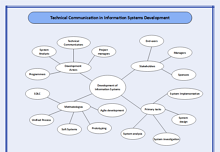
|
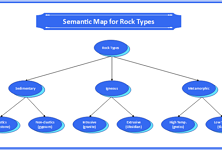
|
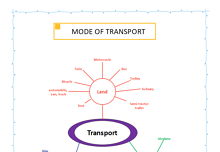
|
| Semantic Map Template | Semantic Map for Rock Types | Semantic Map for Vocabulary |
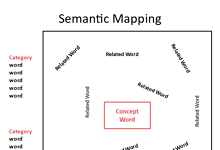
|
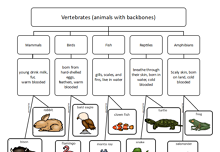
|
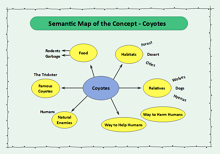
|
| Semantic Word Map | Semantic Map for A Teaching Strategy | Semantic Map of the Concept |

|
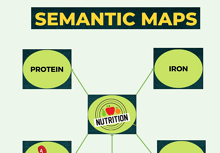
|
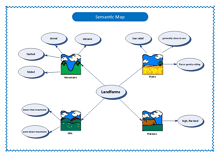
|
| Semantic Map for Teaching Vocabulary | Effective Reading Semantic Map | Semantic Map Example |
Example 1: Semantic Map Template
This semantic map template is a complex example of semantic maps considering the volume of information presented here. This example is about the development of an information system. It discusses development actors, methodologies, primary tasks and stakeholders. The development actors strand in semantic map template is branched out into programmers, system analysts, technical communicators, and project managers. The system development methodologies discussed here are SDLC, unified process, soft systems, prototyping and agile development. System implementation, design, investigation and analysis. The stakeholders in the process are end-users, managers and sponsors.
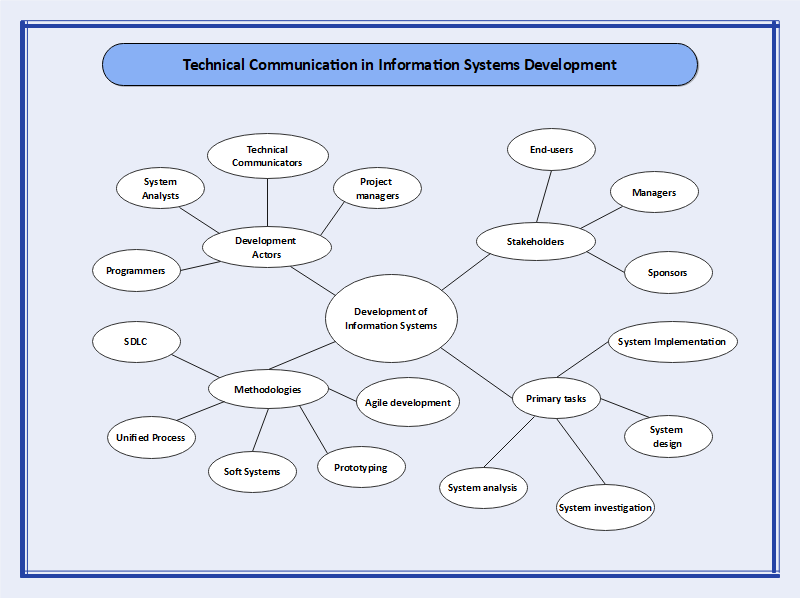 Source: EdrawMax Online Edit Now
Source: EdrawMax Online Edit Now
Example 2: Semantic Map for Rock Types
This semantic map template shows a tree structure. It offers the types of rock types, which are sedimentary, igneous and metamorphic. These three branches are further classified into sandstone, gypsum, the igneous ones are granite, obsidian, and the metamorphic rocks are gneiss and slate. This type of semantic map is very suitable for classification and hierarchical structure mapping.
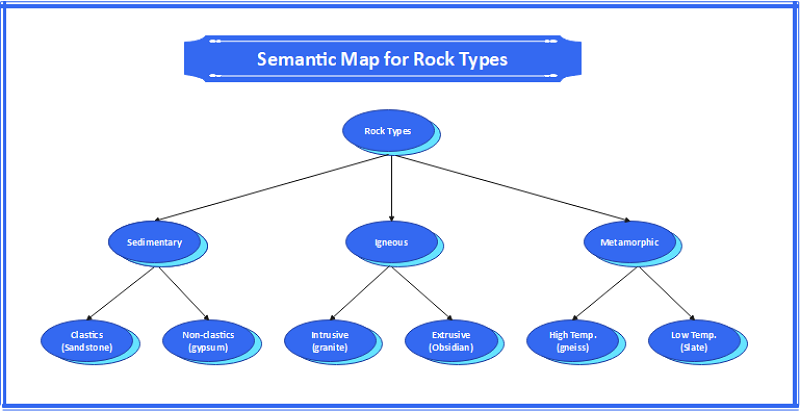 Source: EdrawMax Online Edit Now
Source: EdrawMax Online Edit Now
Example 3: Semantic Map for Vocabulary
This semantic word map for vocabulary shows the further classification of the word transportation. The term "Transportation" is further broken down into the types of transportation, i.e. air, water and landforms of travel. Each of these types is further branched out into examples. For instance, air transportation examples include aero planes, gliders, helicopters, space shuttles and hot air balloons. The examples of water travel modes include ship, sailboat, submarine etc., while land transportation types are motorcycle, bus, train, truck, van and by foot.
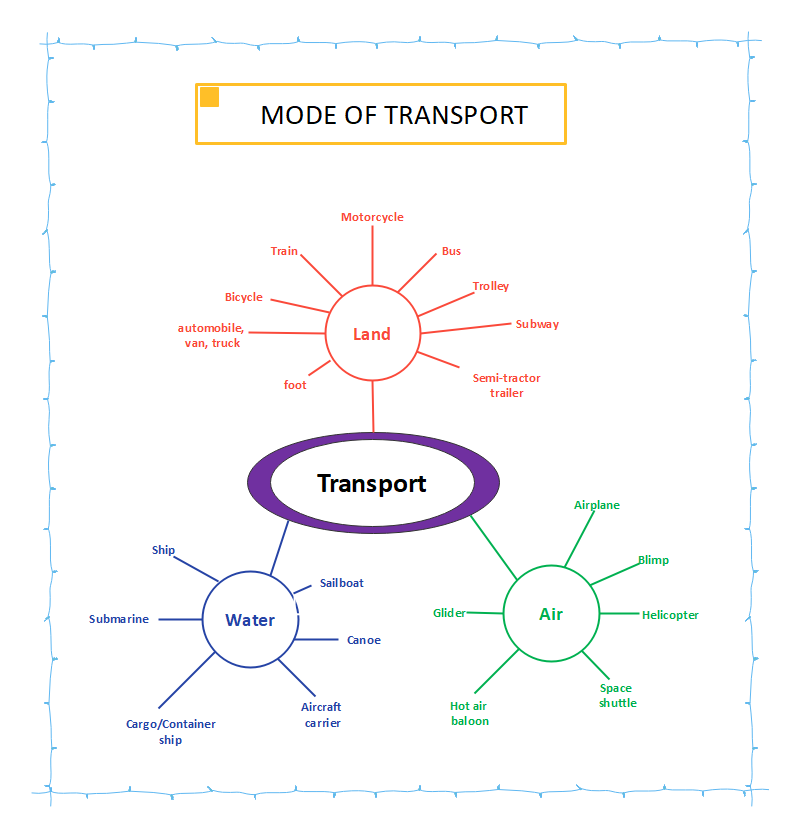 Source: EdrawMax Online Edit Now
Source: EdrawMax Online Edit Now
Example 4: Semantic Word Map
Semantic word map templates are an effective tool for students and teachers to make connections between words and make groups according to categories. The category names can be a word from the map or a new word. After identification of categories, students add more words to the category to explore more vocabulary. These semantic mapping techniques can be used at any grade level. This helps in learning the exact meaning of words and connections.
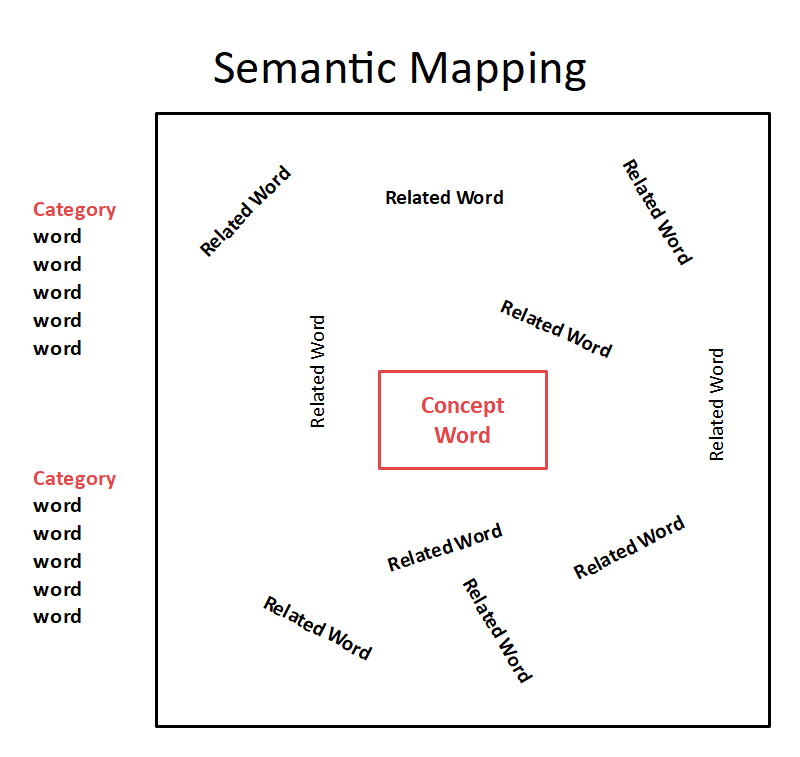 Source: EdrawMax Online Edit Now
Source: EdrawMax Online Edit Now
Example 5: Semantic Map for A Teaching Strategy
Semantic map templates are a great tool for understanding strategy and hierarchy. For example, this semantic map shows the hierarchy of vertebrates. It uses pictures also which makes it more attractive and easy to understand and retain the information. Semantic maps work very effectively at the start of the chapter or topic. Students can brainstorm information. As the topic widens and students learn more, they can add more details to the map and thus make it a reference for the future.
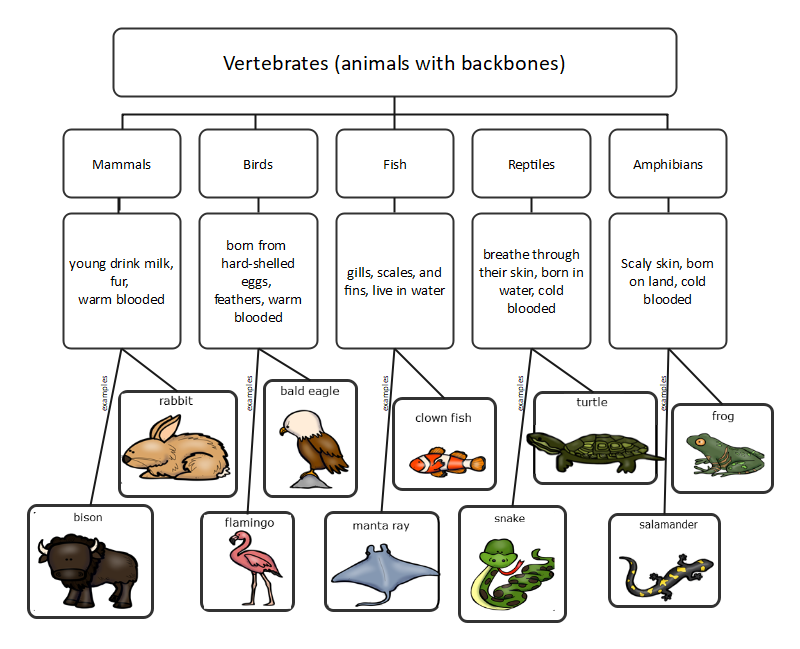 Source: EdrawMax Online Edit Now
Source: EdrawMax Online Edit Now
Example 6: Semantic Map of the Concept
This is an example of a semantic map of a concept. Here the sample is coyotes. This semantic map template discusses the knowledge bank around the concept of Coyotes which is an animal that is smaller than a wolf. This concept map takes a coyote as a root and then branches out into its habitat, relatives, ways to harm humans, ways to help humans, natural animals and famous coyotes. Some of these concepts are further explored with factual information.
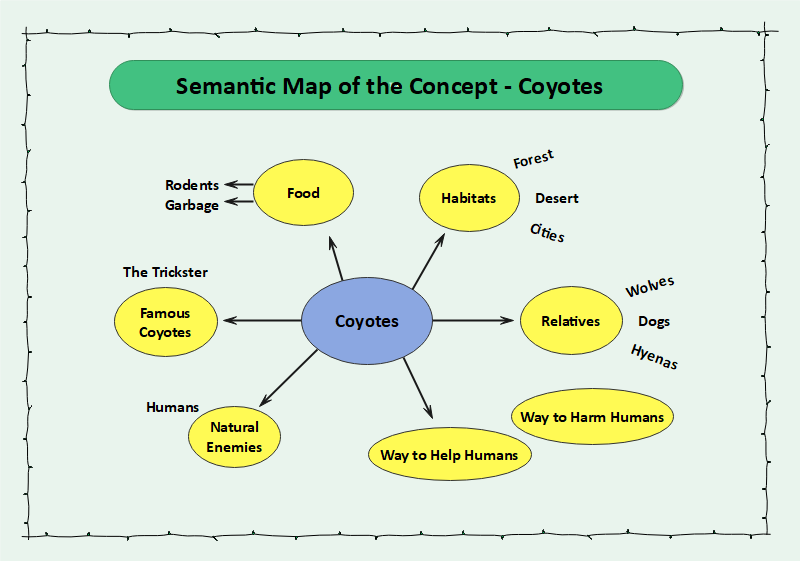
Source: EdrawMax Online Edit Now
Example 7: Semantic Map for Teaching Vocabulary
Semantic Maps are used as a graphic organizer to arrange words. However, the effectiveness of semantic map templates goes far beyond that. They can be used for building vocabulary through making connections around the concepts. For example, in this semantic map, the central idea is government. The students fill in the words that they know about the government. The examples include judicial, legislative, and executive. It is an excellent tool because students dig up their existing knowledge and link it up to create new connections and explore new concepts.
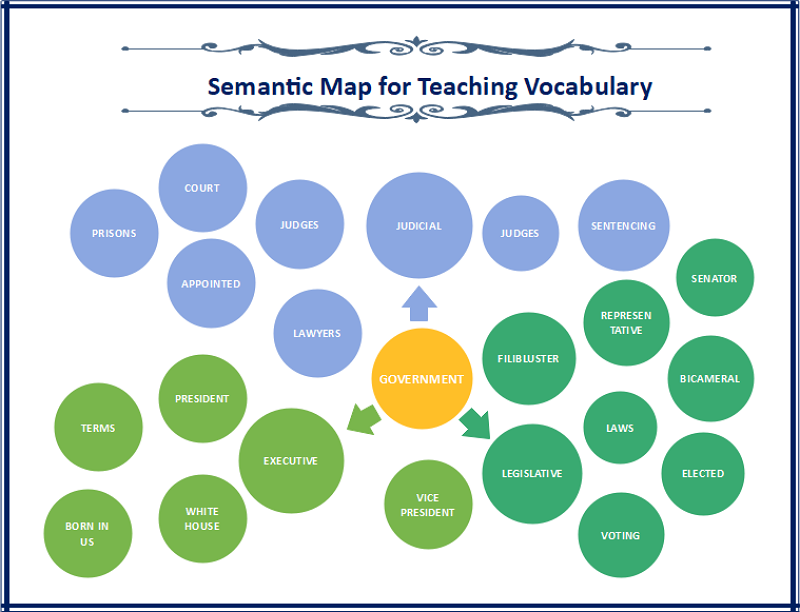 Source: EdrawMax Online Edit Now
Source: EdrawMax Online Edit Now
Example 8: Effective Reading Semantic Map
Semantic maps are practical tools for students with learning disabilities. Reading is a difficult concept for such students and compelling reading semantic is an excellent example of graphically present ideas about a concept. Teachers can use these semantic map templates for categorizing and connecting information to retain it for longer. This example uses both the map and graphics for teaching a concept related to food and nutrition.
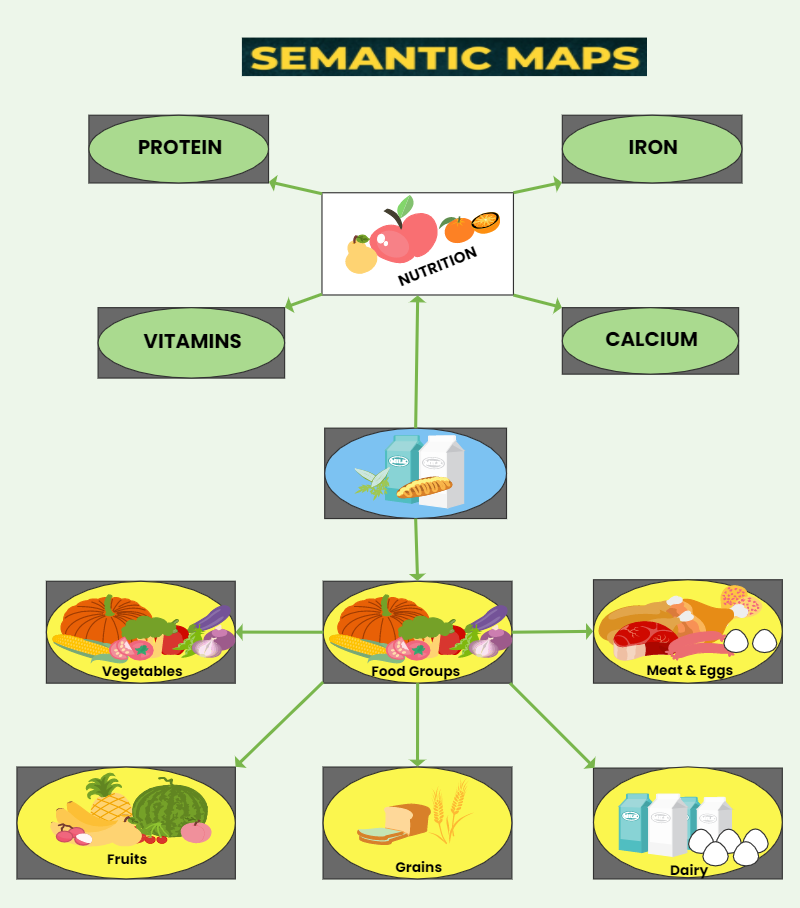 Source: EdrawMax Online Edit Now
Source: EdrawMax Online Edit Now
Example 9: Semantic Map Example
This semantic map graphic organizer uses attractive colours and graphics to attract students and promote the retention of information. This template is organized around different landforms. The central concept of landform is further explained as mountains, plains, hills and plateaus. Students can connect these concepts with each other using examples of different landform types. This type of activity activates the neurons in their brains, and thus the information retains with them longer.
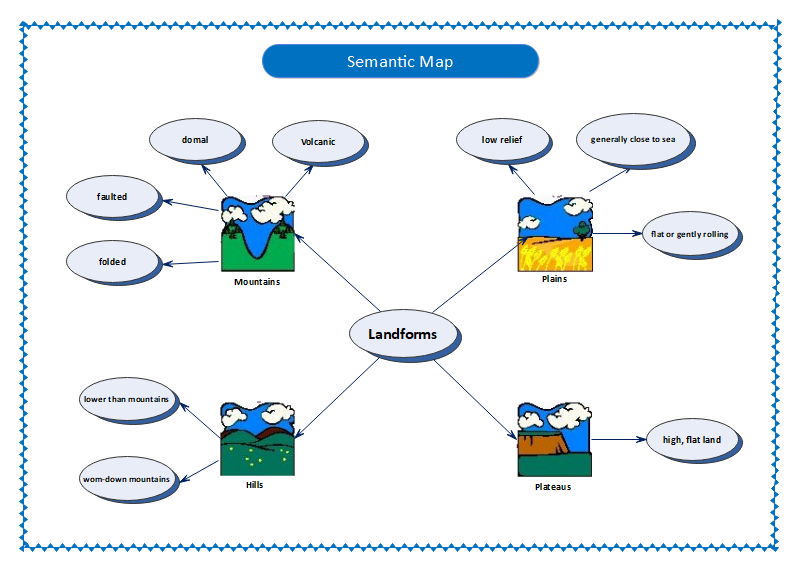 Source: EdrawMax Online Edit Now
Source: EdrawMax Online Edit Now
3. Online Semantic Map Graphic Organizer Maker
An online semantic map maker is a practical tool for making semantic map templates. It makes the process easier and saves a lot of time in comparison to freehand drawings and downloaded programs. The beauty of an online program is that it can be accessed from any system with the internet, and thus, teachers can use it in school or at home conveniently. EdrawMax Online is a comprehensive online drawing software that can help you draw virtually any kind of drawing with an extensive collection of symbols that can be dragged and dropped quickly. The Template Gallery is another distinguishing feature of EdrawMax Online because you can use these templates as it is or customize them according to your requirements.
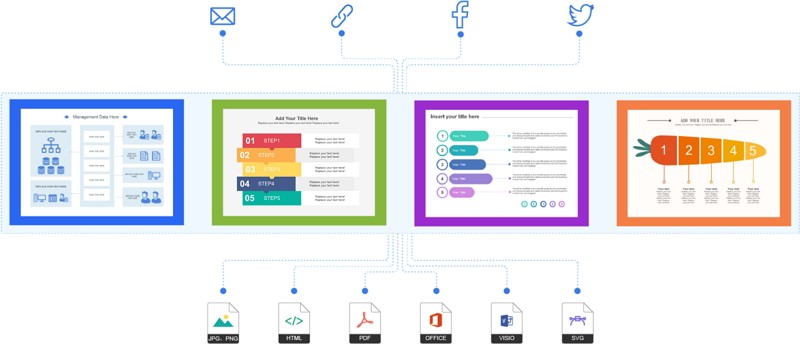
Why Choose EdrawMax Online
- Create over 280 diagram types
- Supports team collaboration
- Personal cloud & data protection
- Print, share and download
- Powerful template community
4. Key Takeaways
Semantic map templates are not a new concept. They have been called concept maps, webbing, plot maps, and even networking maps. Teachers can use them to effectively impart knowledge to all students in general and to students with learning disabilities in particular. Using graphic organizer maker like EdrawMax Online makes creating semantic map graphic organizers even easier. It is excellent to teach holistic concept systems in a connected manner. You can find out more graphic organizer examples in the Template Gallery.



